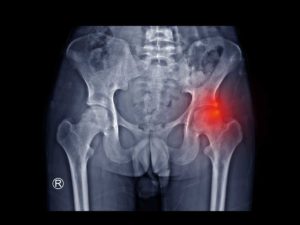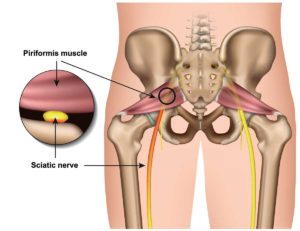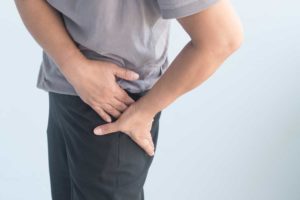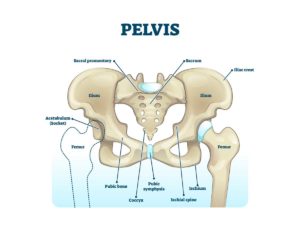
Adductor Tendinopathy
Typical Symptoms
Adductor tendinopathy typically causes pain in the groin area, that can be localised or can spread down the inner aspect of the thigh. It can cause pain with walking, running, standing on one leg or even squatting.
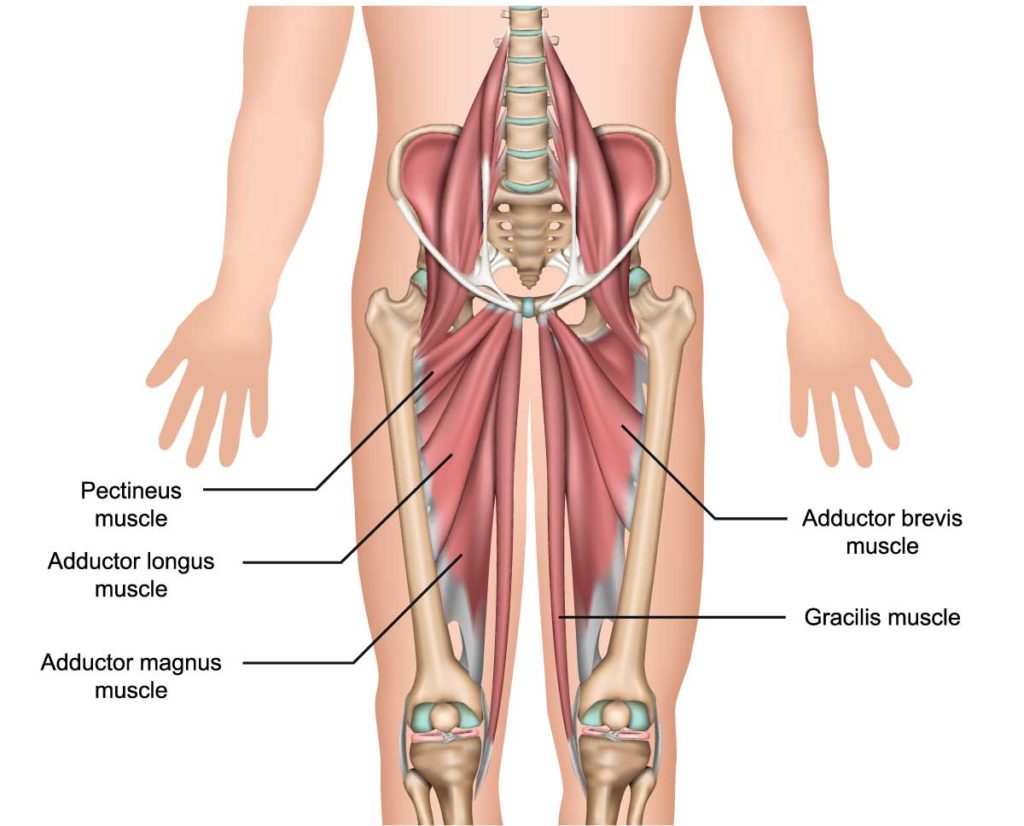
What causes it?
Adductor tendinopathy usually develops from an overload of the tendons either due to an increase in activity or from a sudden and abnormal movement, such as lunging awkwardly during sport. If left unchecked, this can progresses and there can eventually be small tearing/degenerative (wear and tear) changes within the tendon itself.
How can I help myself?
It is helpful to think back to when the symptoms started and also might be continuing to exacerbate the problem. Trying to address the activities that caused the problem and thus offloading the tendon, or working with a coach to improve your technique, can in turn help your symptoms.
Soft tissue release of the adductors with a sports therapist or acupuncture treatments can also help with pain symptoms. However, if symptoms came on acutely, such treatments can also worsen things and therefore care must be taken not to do so.
In situations where pain is particularly bad, anti-inflammatory analgesics can also help with swelling and discomfort experienced.
When to seek help?
If you have tried modifying your activities, addressed your technique, worked with a coach or sports therapist to address the underlying problems and have undergone a period of offloaded, but the symptoms are ongoing and further still are limiting your function, you should have this problem assessed.
What are the treatment options?
Your clinician should assess you with a thorough history and examination; after identifying where the pain is situated, they may undertake investigations such as an X-ray to look for degenerative (wear and tear) changes or ultrasound of hip and groin, to assess the tendon in greater depth. Rehabilitation with a physiotherapist forms the core of treatment, but in addition, input from a podiatrist, to consider your gait and footwear, may also be advisable.
In situations where symptoms are ongoing, your clinician may obtain further imaging in the form of an MRI or CT scan, and subsequently undertake treatments such as ultrasound-guided cortisone or PRP injections to settle pain or aid tendon healing. In situations where this is not effective, consideration of a surgical intervention may be needed.
